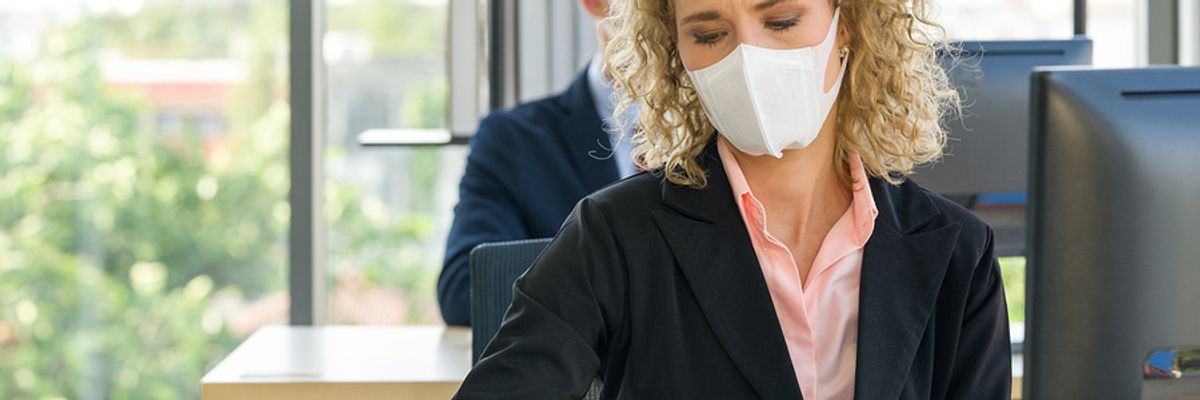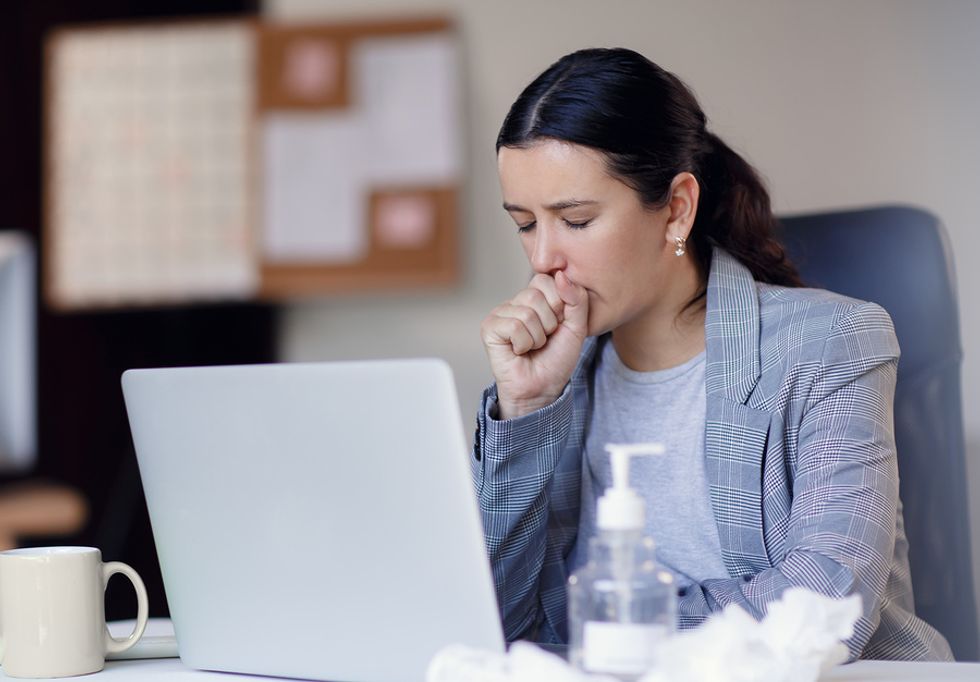
The workplace will change after COVID-19—that's a certainty!
But, not all change is bad. In fact, some of the lessons learned from this crisis can lead to changes that will make the workplace better.
As some people start returning to work, the most likely changes will be office layouts and staggered shifts, as workplaces try to encourage social distancing. Newsday recently interviewed executives from multiple companies about what the return to the office will look like in the COVID-19 world. The most common changes include:
- A combination of office and remote shifts.
- Dividing workforces into teams who have rotating office shifts to ensure only a certain number of people are in the office at one time.
- Elimination of workplaces perks such as breakfast and lunch (employees will be encouraged to bring their own and not eat in common areas).
- Temperature checks.
- Wearing face masks.
- No conference room meetings.
For businesses that encourage collaboration and thrive in open concept offices, these changes will be quite the adjustment. However, these changes won't last forever and when the dust settles and there's a vaccine, the lessons learned from COVID-19 may lead to positive trends. Here's an example of a few:
A New View On Health And Wellness

Bigstock
In the past, it wasn't uncommon for an employee to go to work sick because they had a lot of work to do and didn't want to tap into their personal or sick time. It also wasn't uncommon for employers to turn a blind eye to this, as they, too, wanted the work to get done.
Somewhere along the line this habit became the norm! It doesn't necessarily mean that the employee and employer are bad; they both may have had the best of intentions, but just lost sight of the importance of health and wellness.
COVID-19 has brought health and wellness in the workforce back to the forefront. Moving forward, it's likely employees won't be so quick to go to work sick, and employers will be extra understanding of this.
All of this could lead to an entirely different way of thinking about health and wellness in the workplace, and lead to some important conversations. Employers will always want to be profitable and efficient, but it can't be at the expense of the health of the workforce. How employers accomplish this could come down to a number of factors, including adjusting sick time policies, reviewing the company's health insurance plans, and discussing other ways to focus on employee well-being.
The solutions won't happen overnight, but if workplaces at least change their way of thinking about employee health and well-being, that can go a long way.
More Flexibility

Bigstock
There are some jobs where you just need to get the work done and it doesn't necessarily have to be during the 9 to 5 hours or the traditional eight-hour shift. Some workplaces took advantage of this flexibility prior to COVID-19, but it has been further emphasized as workplaces have shifted to remote workforces.
As many employees balance their daily work responsibilities with childcare and home-schooling, their work shifts are all over the place. For example, an employee may work four hours early in the morning, two hours in the afternoon, and two hours in the evening. Many employers are more concerned about the work getting done, not when it's getting done. Expect this trend to continue moving forward as many companies keep portions of their workforce remote and stagger shifts for those returning to the office.
This is a positive trend because global pandemic or not, life is hectic. Having increased flexibility at work gives people a chance to achieve a better work-life balance. In theory, employees will be appreciative of this flexibility and continue to work hard for the company.
There are risks with offering increased flexibility, and there will be bumps along the way. But, if workplaces are truly committed to offering more flexibility, they will learn from these bumps and adjust their policies accordingly.
Not only is offering this flexibility the right thing to do, but it may become so common that prospective employees will seek it when looking for jobs in the future.
Increased Trust And Communication
As a result of offering more flexibility, workplaces will most likely start showing increased trust in their employees and actually improve communication within the workplace.
As an employer, allowing employees to work from home and get the work done on their own flexible schedule is a major show of trust. Employees who reward this trust will likely gain additional flexibility and freedom as time goes on. This type of positive back and forth helps to improve the relationship between management and employees, and can ultimately lead to a stronger workforce. It also gives employees increased confidence as they will likely go the extra mile for a company that trusts them and is willing to be flexible to their needs.
While this may be surprising for some, the COVID-19 challenges will likely lead to better communication within the workforce.
When you're in the office every day, it's easy to take good communication for granted. In a normal business setting, you can bring things up at a company meeting or stop by a person's desk. You don't even think about it.
But, with partial or fully remote workforces, you really have to go the extra mile to keep workforce communication strong.
Managers may do daily Zoom meetings or require teams of workers to do daily meetings. There could also be sporadic phone calls or daily email or Slack updates. The big difference is that when you're in the office and it's business as usual, you're not always thinking about communication. But when the workforce is separated, better communication is always at the forefront.
The good communication habits learned now, could make a huge difference when things begin to return to normal.
Are anxious to get back to work after COVID-19 impacted your career? Check out Work It Daily's free masterclass "Laid Off & Looking" and learn how to get back on track!
You can also better position yourself by joining Work It Daily. With Work It Daily you'll get access to one-on-one career coaching, resume and cover letter reviews, online tutorials, and unlimited networking opportunities—all in your back pocket!- 6 Essential Technologies To Help Your Career During COVID-19 ... ›
- COVID-19: 24 Mega Trends That Will Dominate Society In 2020 ... ›
- 4 Things Businesses Can Learn From The COVID-19 Crisis - Work It ... ›
- 4 Fun Ways To Celebrate Pride Month At Work - Work It Daily ›

 Bigstock
Bigstock Bigstock
Bigstock Bigstock
Bigstock


